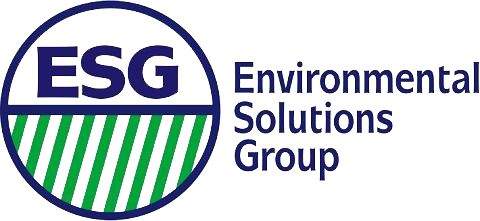Healthy Building Assessments
Healthy building assessments focus on several aspects of the indoor environmental health of a building. They include real-time IAQ measurements, moisture scanning, sample collecting, a visible inspection for water damage and microbial growth, and a report detailing the findings of the assessment with recommendations on what to do. Of course, assessments can always be tailored to any particular needs and concerns that people in the building have.
Read on for a more details, as well as a video that gives you an idea of what a healthy building assessment looks like.

A typical healthy building assessment involves a certified IEP (Indoor Environmental Professional)
- Conducting a visual assessment of the interior and exterior of the property
- Using specialized monitoring equipment to gather specific air quality data (such as the levels of chemicals, allergens, humidity, and carbon dioxide in the air)
- Collecting and comparing data from room to room
- Analyzing the data to make recommendations for improvements
- Searching for moisture sources
- Identifying potential mold
- Collecting any air and/or surface samples where mold may be present
- Sending samples to an accredited lab to determine amount and types of mold
- Creating a thorough assessment report that includes detailed information about the visual observations, the readings taken, and the sample results, as well as recommendations on how to address any issues that were found

Some reasons to contact us for an assessment include:
- People working in the space have been having symptoms that could be related to mold exposure or elevated levels of airborne particles (read about Sick Building Syndrome here)
- Something causing excess moisture in the space has occurred (a leak, flooding, high humidity levels, etc.)
- You have seen visible growth (potentially mold)
- An unusual smell is present
- You are considering buying/renting a commercial space, and want to ascertain that it doesn’t have any indoor air quality issues
- You are concerned that VOCs (volatile organic compounds) may be present in the air
ESG tests properties for a wide variety of contaminants. Here is an in-depth list of things we can test for.
Watch the video below for an overview of what a typical commercial assessment looks like.
Questions? Want to schedule an assessment? Contact us today!
Thank you for contacting us!
Thank you for your message! We will contact you shortly.
